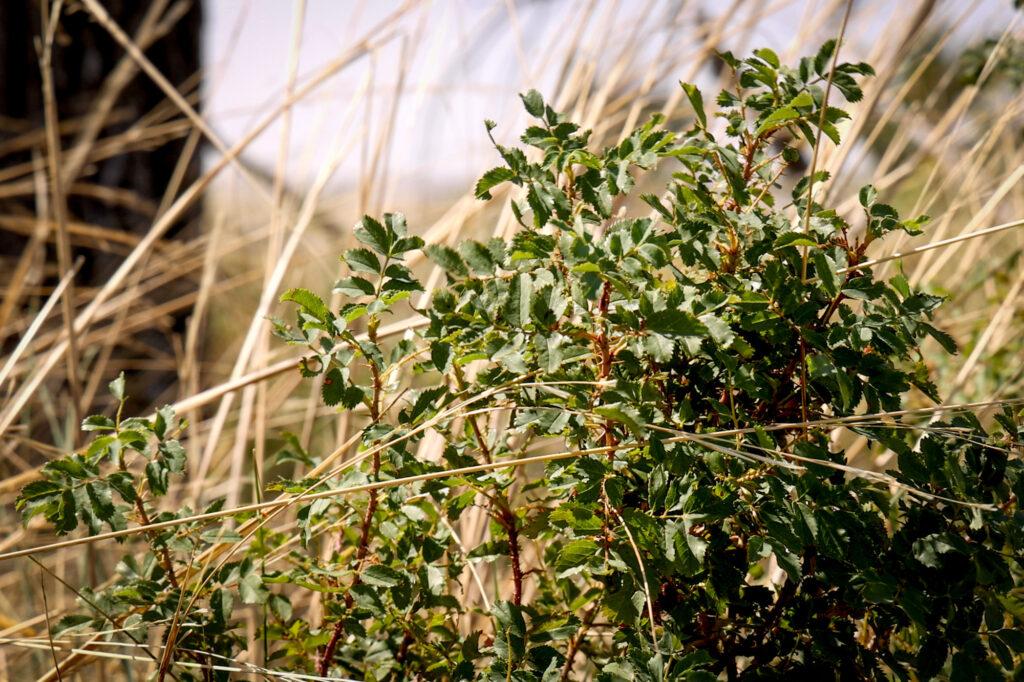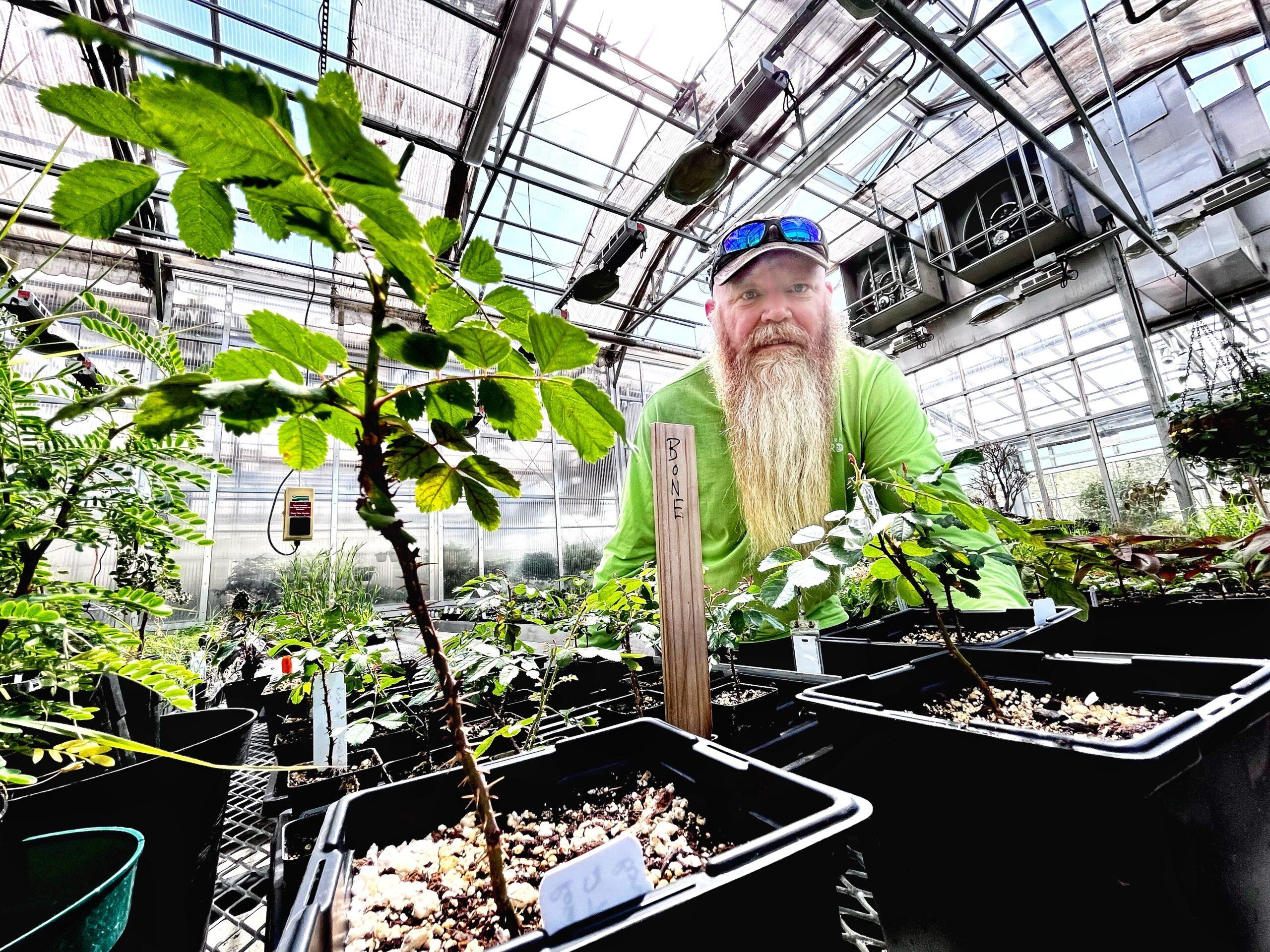
It was during an archaeological dig that the rosebush was discovered. Bonnie Clark, an archaeologist with the University of Denver, and her team were on-site at Camp Amache when they found the bramble crawling across the remnants of a barracks doorway in 2012. It had survived a dark time in American history and the unforgiving extremes of Colorado’s southeastern plains.
During World War II, the U.S. government sent some 10,000 Americans of Japanese descent to the camp near the Kansas border, which is formally known as The Granada Relocation Center. The land recently became a national historic site.
Clark, who leads the DU Amache Research Project and Field School, believes people who were imprisoned at the camp planted the roses.
“It's hard to know which family planted them,” she said. “But most of the people who lived in the block where we found them at Amache were from Los Angeles.”
There is no chance they were growing there before the camp was built, she said, because the land is bone-dry and was mostly uninhabited at the time.
Since that first dig, Clark has visited the bush whenever she goes to Camp Amache, “especially when we've had rain,” she said.
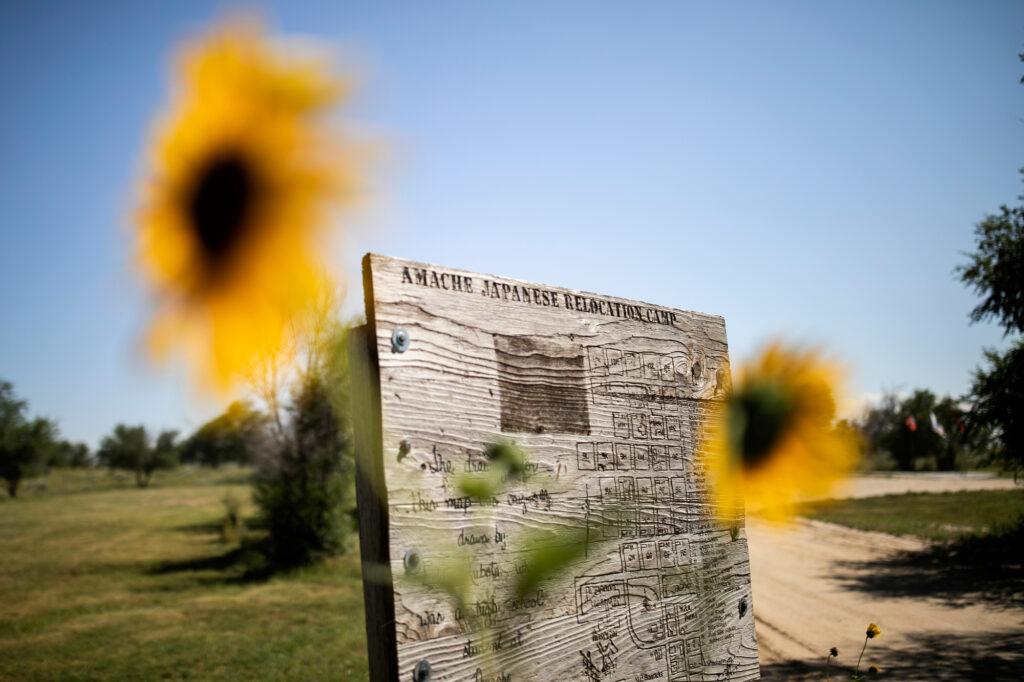
“Because I thought, ‘well, maybe.’ I mean, they are hardy. They are living. But I have never seen them bloom.”
But soon that may change.
Clark, eager to see the roses flourish and to share the experience with survivors and their descendants, eventually reached out to Denver Botanic Gardens. That is how horticulturist Mike Bone got involved.
Last fall, Bone and his team traveled to Camp Amache to examine the rosebush and take cuttings. They kept the clippings moist and transported them in a cooler to a special propagation greenhouse at the botanic gardens in Denver.
The plants are thriving and may blossom by mid-summer, Bone said. What color they may be is unknown, but he has a theory: the rosebush is “this brambly, wild type, so it could be soft pink with some white,” he said.
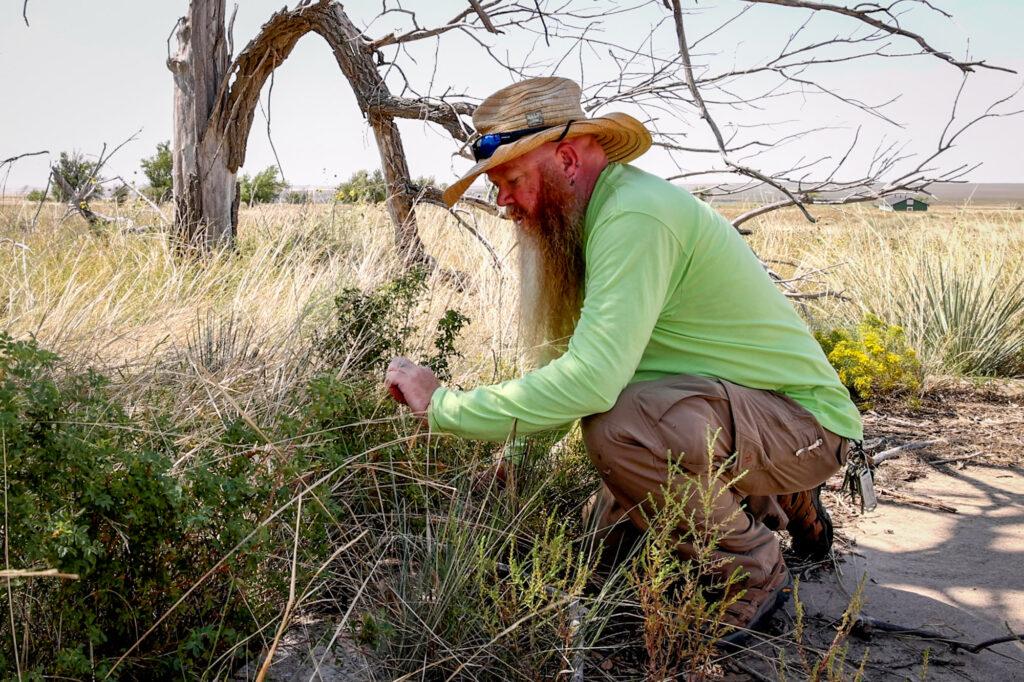
It will likely be fragrant, he added.
Examples will be planted in the Botanic Gardens’ Steppe Collection. Some samples will make their way back to Camp Amache. Others have already gone to survivors, including 82-year-old Carlene Tanagoshi Tinker.
Tinker was 3 years old when she arrived at Camp Amache with her mother and father. The family was incarcerated there for about three years.
She now lives in her native California, but returns to Granada, Colorado to take part in Clark’s archaeological field school, where she helps make discoveries about her own past and the country’s. While she does not remember the roses, she was honored when she was gifted two of the clippings by a film crew that is producing a documentary about the roses for the botanic gardens.
“I said, ‘God, what am I gonna plant them in?’ Every day I would go out and see if they were growing,” she said. “I knew, first of all, their historic importance and secondly, what a responsibility I had and — God, what if they died?”
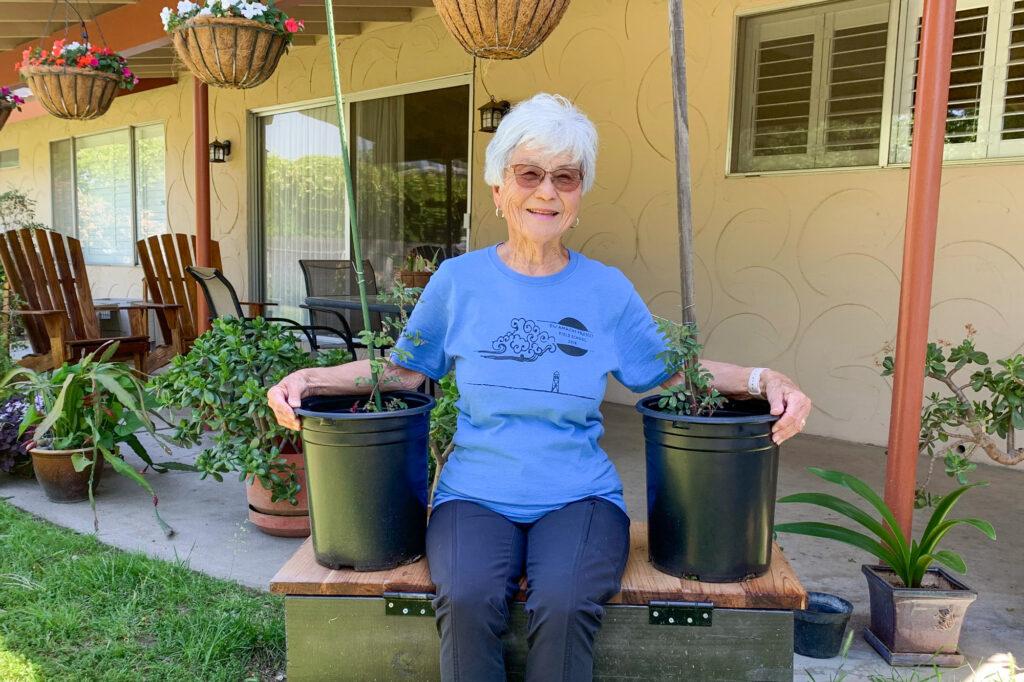
The roses haven’t yet bloomed for her, but she calls them “precious” just the same.
“I knew that they were representative of people who had been [at Camp Amache], who had brought them and had propagated them. Gosh, they were showing survivorship just like we were.”
The thought of the roses blooming again moves Clark, the archaeologist, to tears.
Amache survivor Carlene Tanagoshi Tinker on the rose bloom.
“I love this idea of plants as living witnesses to the past. They're witness roses,” she said. “They were there. They have been there and they remain to this day to tell that story of someone's hope, of someone's skill, of someone's determination.”
If the roses indeed blossom this summer, the timing will be especially poignant.
“In the year that Amache became a national historic site?” said Clark. “It's just — it's all the good things coming together.”
